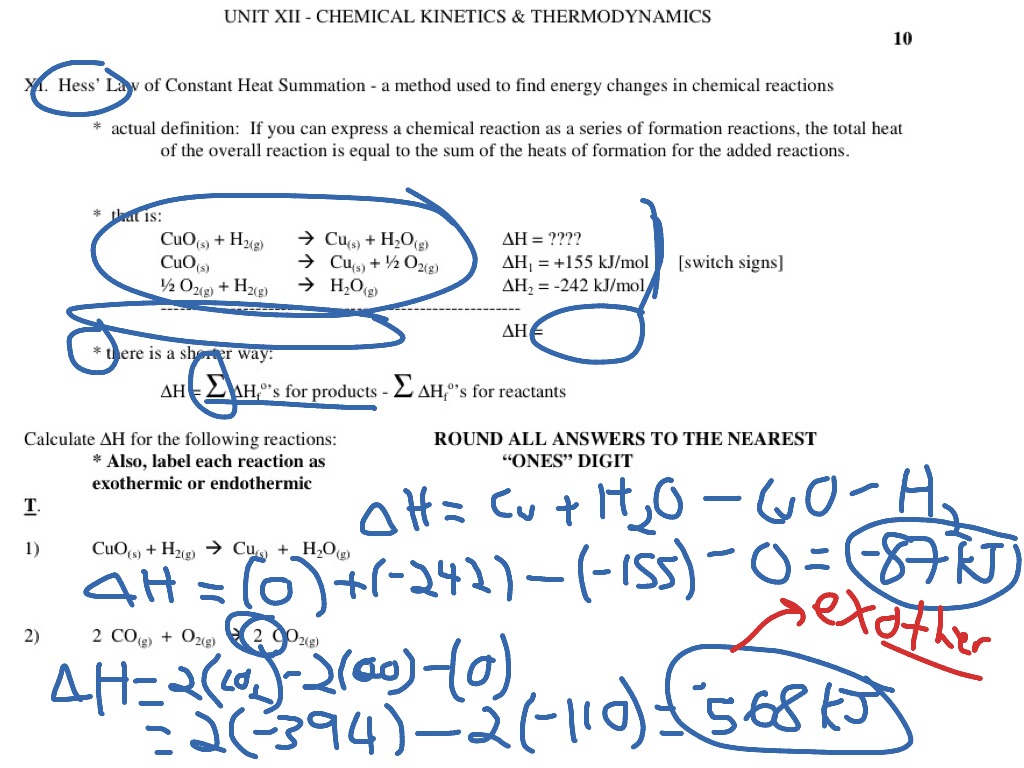

They seem to be based on basic theories defining the evaporation rate as: Unfortunately, I don't know enough about the equations to gauge their accuracy or expected error. Note that your berm and non-berm equations are essentially the same, just with careful calculations of the surface area.

Search for the title for a freely available version. Somebody took the time to scan it and has it posted on the internet:Įstimating Rates of Spreading and Evaporation of Volatile Liquids The modified form I found in a paper by John Barry in CEP magazine. The evaporation formula you have is a modification of the EPA method for calculating the evaporation rate. Another example is here where equation #7 is the formula it says to use for spills but I have no idea how it works. I'm willing to do some research but I still have yet to find an acceptable formula/equation I can implement in this program. The closest thing I can find to an equation I can use is from here, but I am unable to decipher the characteristics it is asking since it is extremely technical in that field. This project has nothing to do with school though. I am not an engineer, I am a computer science/mathematics major. I am asking precisely this: are these formulas suitable to use as an approximation for evaporation? If not, what would be a better formula? I am always skeptical about using other people's work without documentation making sure they have proof to backup their claims that this stuff will work. These formulas are not found in any workbook, website, etc.

I don't trust the formulas given, because they were given by another student assigned to this task. Here are some of them: General Evaporation Rate Formula From Asphalt We do have a number of different areas that have secondary containment, which is referred to as a "Berm", so that is the reason we have two formulas below. Some spills will go directly onto asphalt/gravel or soil. We have a number of different spills at this location. Molecular weight is pulled from the chemical itself, same with vapor pressure. These are formulas, that are supposed to approximate evaporation, are for a number of different chemicals.

I think we could all be wrong if we forget to ad the zero point energy which is what I think Gaussian does.I was given formulas for general evaporation, for a spill calculator I am building. Do we miss something here? What do you guys take as your G, H and U? And where do you find them. My teacher is also suspicious about the software.
CHEMICAL THERMODYNAMICS CALCULATOR PDF
In their pdf Gaussian emphisis that the ZPE is added everywhere by default, but it's not true. In fact we have to ad the zero point energy afterwards, which I think is weird since this is the values we really need. And this true also for Enthalpy and internal energy. But its not! In fact the zero point energy is missing and there is nowhere in the output or in GaussView where you can see the correct value.
CHEMICAL THERMODYNAMICS CALCULATOR FREE
For instance, in the Gaussian thermochemistry PDF, they say that the ''Sum of electronic and thermal Free Energies'' (wich you can find easily in the output or in Gaussview) is suppose to be the Gibbs free energy. Everything is good except for the zero point energy contribution. Hi, for my statistical mechanics class, I had to calculate all the thermochemistry datas by myself and try to see I if get to the same results as Gaussian.


 0 kommentar(er)
0 kommentar(er)
